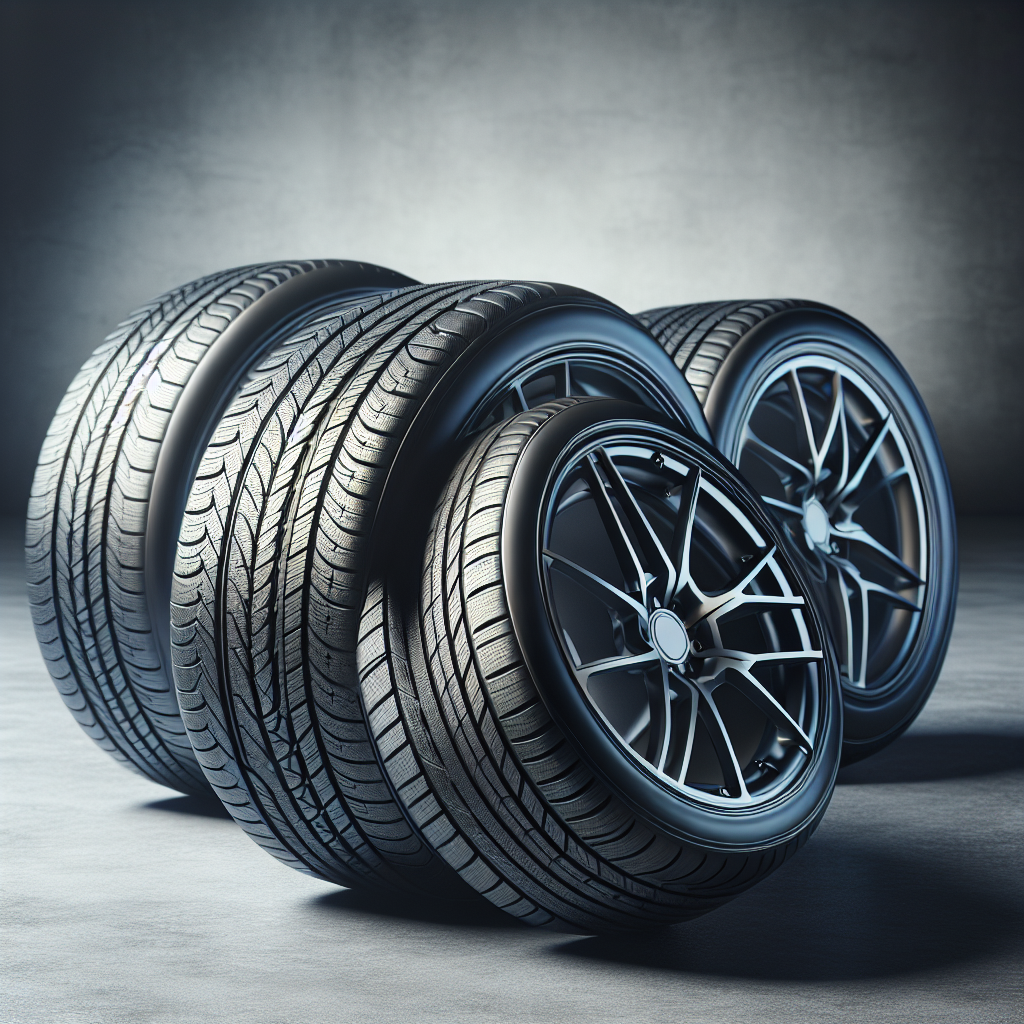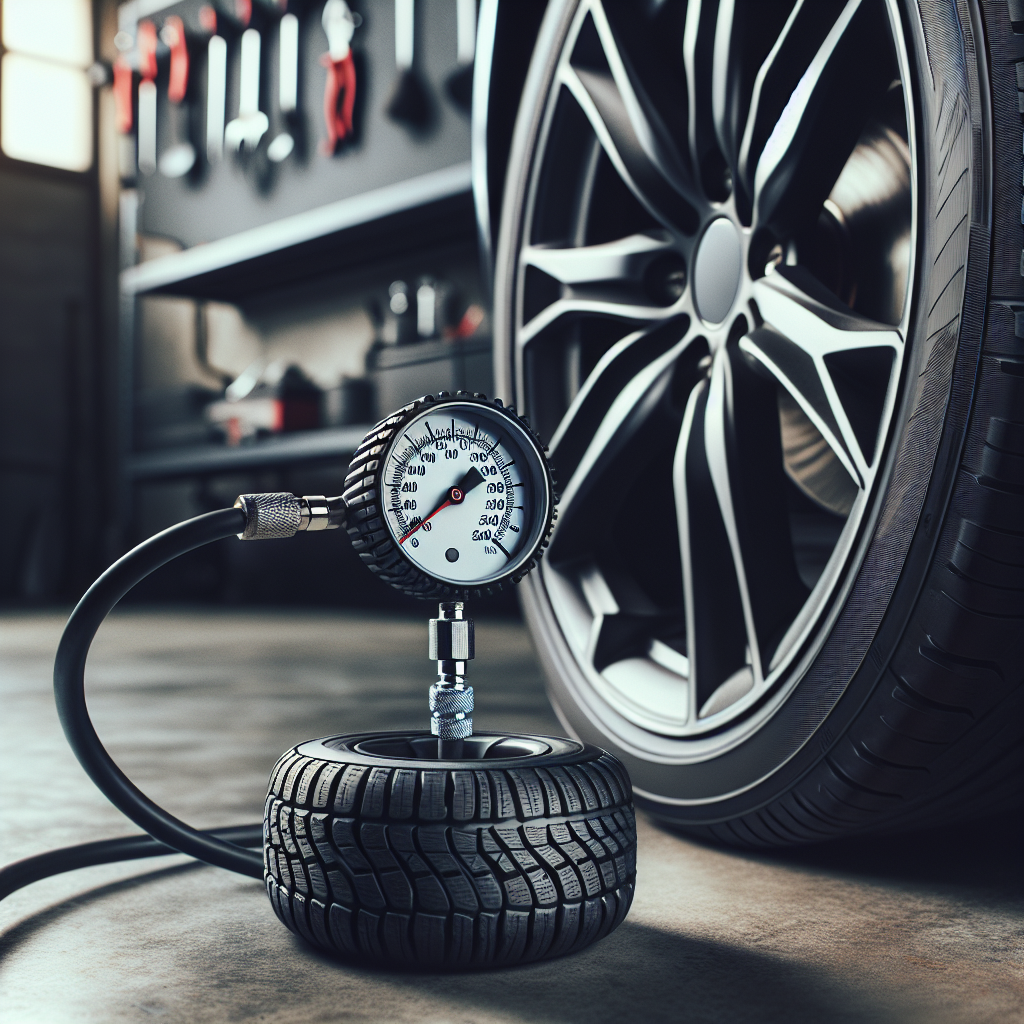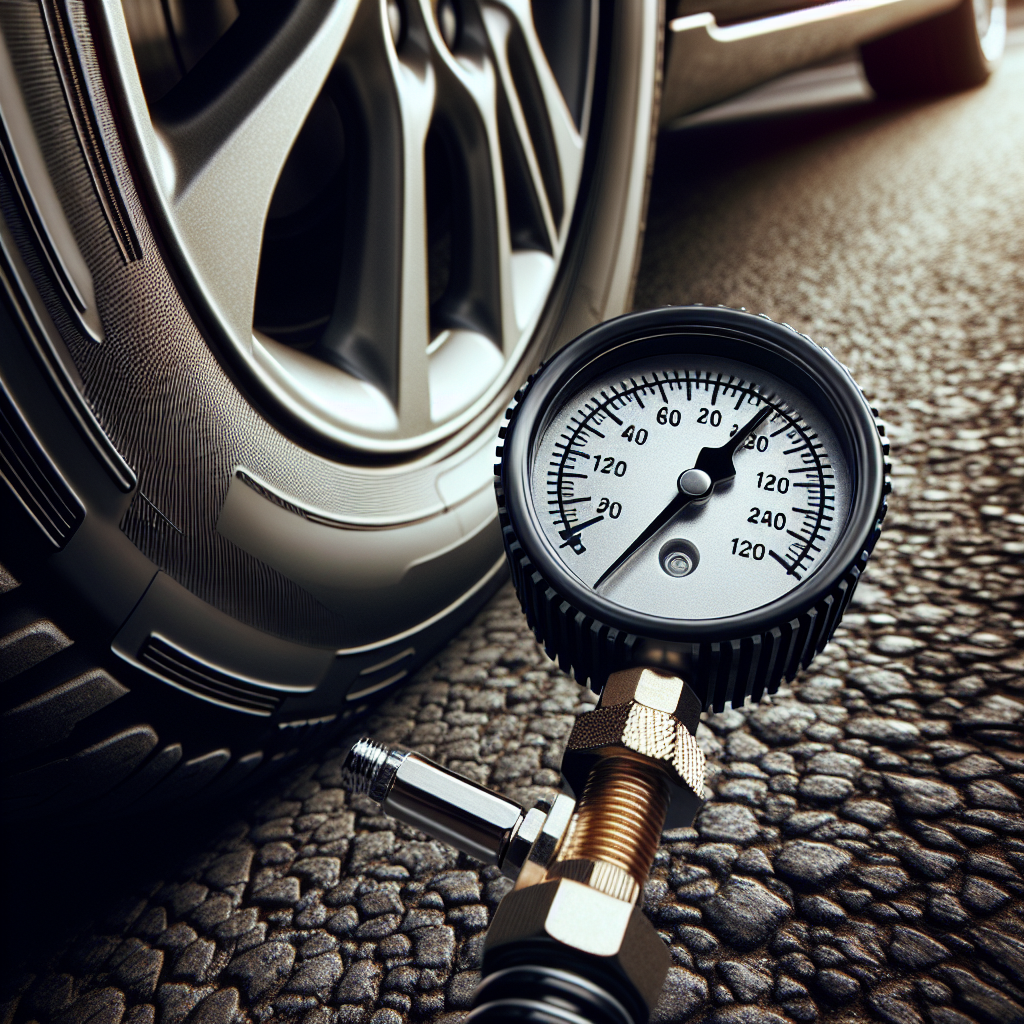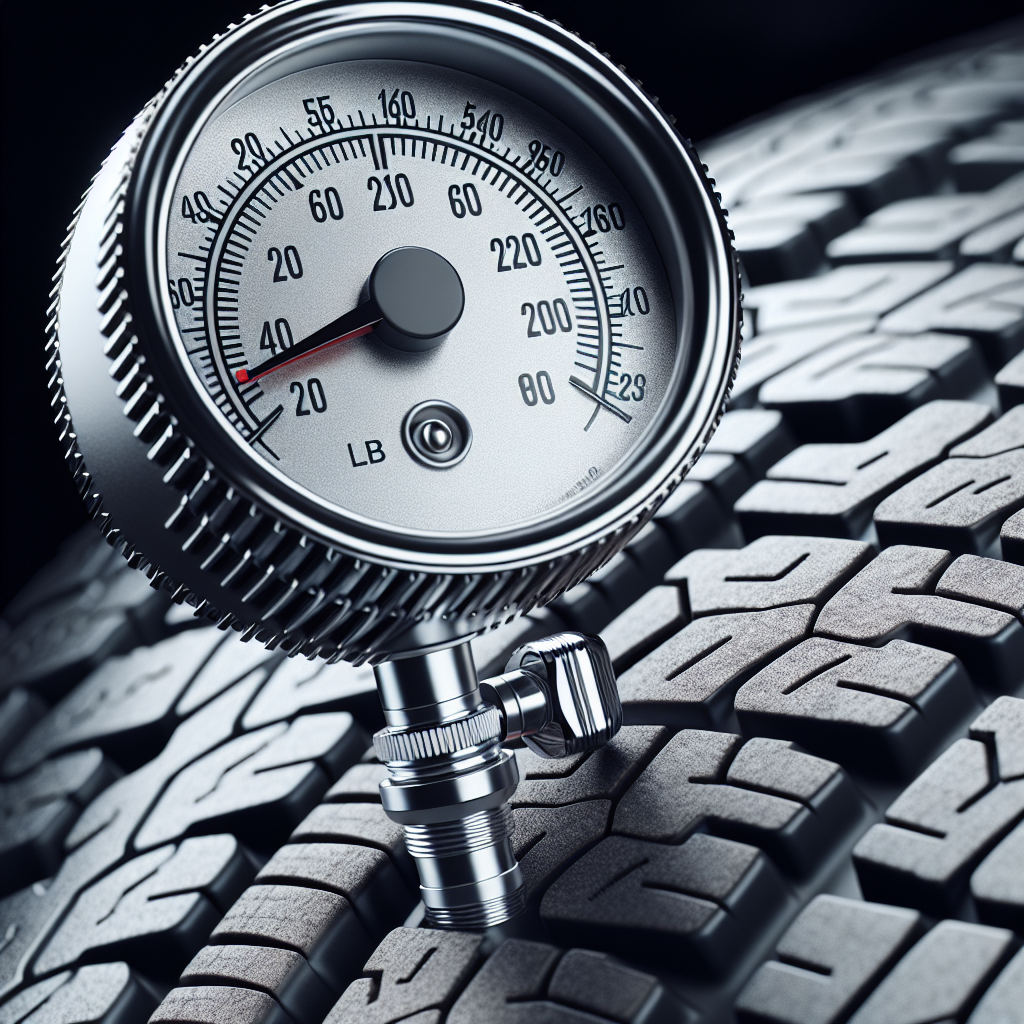Tire life is a critical aspect of vehicle maintenance. It directly impacts your vehicle's performance, safety, and fuel efficiency.
Yet, many vehicle owners overlook the importance of tire care. They fail to realize that extending tire life is not just about saving money. It's also about ensuring a smooth and safe ride.
From maintaining proper tire pressure to understanding the impact of driving habits, we cover it all. We also discuss the benefits of using a life is good tire cover or life is good jeep tire cover.
Whether you're an automotive enthusiast or a regular vehicle owner, this guide is for you. Let's embark on this journey to prolong your tire life and enhance your driving experience.
The Critical Role of Tire Pressure in Tire Longevity
Tire pressure plays a pivotal role in extending tire life. It's not just about ensuring a comfortable ride. It's also about preventing premature tire wear.
Overinflation and underinflation can both lead to uneven tire wear. They can also negatively impact your vehicle's fuel efficiency. Hence, maintaining the right tire pressure is crucial.
Regularly checking your tire pressure is a simple yet effective practice. It helps you detect any issues early and take corrective action. Remember, tire pressure can fluctuate with ambient temperature changes.
Regular Tire Rotation: A Key to Even Tread Wear
Tire rotation is another essential practice for extending tire life. It involves changing the position of each tire on your vehicle. This helps ensure even tread wear.
Even tread wear is crucial for maintaining optimal vehicle performance. It also helps prolong the lifespan of your tires.
Here are some general guidelines for tire rotation:
- Front-wheel drive vehicles: Move the front tires to the rear in the same position. Move the rear tires to the front, swapping sides.
- Rear-wheel drive or 4-wheel drive vehicles: Move the rear tires to the front in the same position. Move the front tires to the rear, swapping sides.
Remember, these are general guidelines. Always refer to your vehicle's owner manual for specific rotation patterns.
Wheel Alignment: Ensuring Straight Tracking and Reduced Wear
Wheel alignment is a critical aspect of tire maintenance. It refers to the adjustment of a vehicle's suspension, the system that connects a vehicle to its wheels.
Proper alignment ensures that your vehicle handles correctly. It also helps your tires wear evenly, which can extend their lifespan.
Misalignment can result in uneven tire wear. This can lead to premature tire replacement, affecting your tire life negatively.
Therefore, it's advisable to have your wheel alignment checked regularly. Especially after any significant impact such as hitting a pothole or curb.
Monitoring and Managing Tire Tread Depth
Tire tread depth is a vital factor in tire life. It directly impacts your vehicle's grip on the road and overall safety.
Tires with worn-out treads have reduced traction. This can lead to dangerous situations, especially in wet conditions.
Regularly checking your tire tread depth is crucial. It helps you identify when it's time to replace your tires.
A simple way to check is by using a tread depth gauge. Alternatively, you can use the penny test. If Lincoln's head is fully visible, it's time for a new tire.
The Influence of Driving Habits on Tire Life
Your driving habits significantly impact tire life. Aggressive driving, such as rapid acceleration, hard braking, and fast cornering, can cause premature tire wear.
Conversely, adopting a smoother driving style can extend tire life. This includes gradual acceleration, gentle braking, and careful cornering.
It's also important to avoid potholes and curbs. These can cause immediate damage to your tires and suspension components.
In summary, mindful driving not only enhances your safety but also prolongs the lifespan of your tires.
Seasonal Tire Considerations and Their Impact on Tire Life
Seasonal changes can affect tire life. In colder climates, winter tires are essential for safety and performance.
Winter tires are designed to perform in low temperatures and snowy conditions. Using them in warmer weather can lead to rapid wear.
In contrast, summer tires are made for warm weather. They provide optimal performance and longevity in hot conditions.
Switching between winter and summer tires can extend the lifespan of both sets. This practice ensures each set is used in its optimal conditions.
The Importance of Correct Tire Sizing and Type
Choosing the correct tire size and type for your vehicle is crucial. Incorrect sizing can lead to poor vehicle handling and increased tire wear.
Each vehicle has specific tire size requirements. These are usually found in the vehicle's manual or on a sticker inside the driver's door.
The type of tire also matters. Performance tires, all-season tires, and off-road tires all have different characteristics. They are designed for specific driving conditions and performance needs.
Using the wrong type of tire can negatively impact tire life. Always choose tires that match your vehicle's specifications and your driving conditions.
Tire Storage: Best Practices for Preserving Tire Integrity
Proper tire storage is essential for preserving tire life. When not in use, tires should be stored in a cool, dry place away from direct sunlight.
Tires should be stored upright, not stacked. This prevents deformation and stress on the sidewalls. If possible, store tires on a tire rack to keep them off the ground.
Before storing, clean each tire thoroughly. Remove any debris from the treads and ensure the tires are dry to prevent corrosion.
Remember to check the tire pressure before and after storage. Maintaining proper inflation can prevent damage and extend tire life.
Protecting Your Spare Tire with Life is Good Tire Cover
Spare tires, especially those mounted outside the vehicle, are exposed to harsh elements. Using a tire cover, like the Life is Good tire cover, can protect your spare from UV damage and weather extremes.
This simple accessory can significantly extend the life of your spare tire, ensuring it's ready for use when needed.
Advanced Tips: Load Capacity, Road Conditions, and Tire Protection
Understanding your vehicle's load capacity is crucial for tire longevity. Overloading your vehicle can lead to excessive tire wear and potential blowouts.
Road conditions also play a significant role in tire life. Rough roads with potholes or debris can cause tire damage, leading to premature wear or even punctures.
Tire protection products can help guard against cracking and aging. These products can be especially beneficial for vehicles exposed to harsh environmental conditions.
Here are some additional tips for extending tire life:
- Regularly inspect tires for damage or irregularities.
- Clean tires and remove debris from treads.
- Use tire protectants to guard against cracking and aging.
- Adhere to the vehicle manufacturer's tire recommendations.
Check for tire recalls and safety notices.
- Maintain proper lug nut torque.
- Understand the Uniform Tire Quality Grading (UTQG) system.
- Use a tread depth gauge for accurate wear measurements.
- Keep a tire maintenance log to track service history and wear patterns.
- Consider tire life when purchasing used vehicles.
Conclusion: Proactive Tire Maintenance for Optimal Performance
In conclusion, extending tire life requires a proactive approach to tire maintenance. Regular inspections, proper inflation, and timely rotations are all critical components of this approach.
Understanding the factors that influence tire wear, such as load capacity, driving habits, and road conditions, can also help you maximize tire life. By taking these factors into account, you can make informed decisions about tire care and replacement.
Investing in quality tires and protective accessories, like the life is good tire cover, can further enhance tire longevity. These investments can lead to significant savings over time, as well as improved vehicle performance and safety.
Remember, tire maintenance is not just about saving money. It's also about ensuring a safe and comfortable ride for you and your passengers. So, take the time to care for your tires, and they will take care of you.














.jpg)




0 Comments